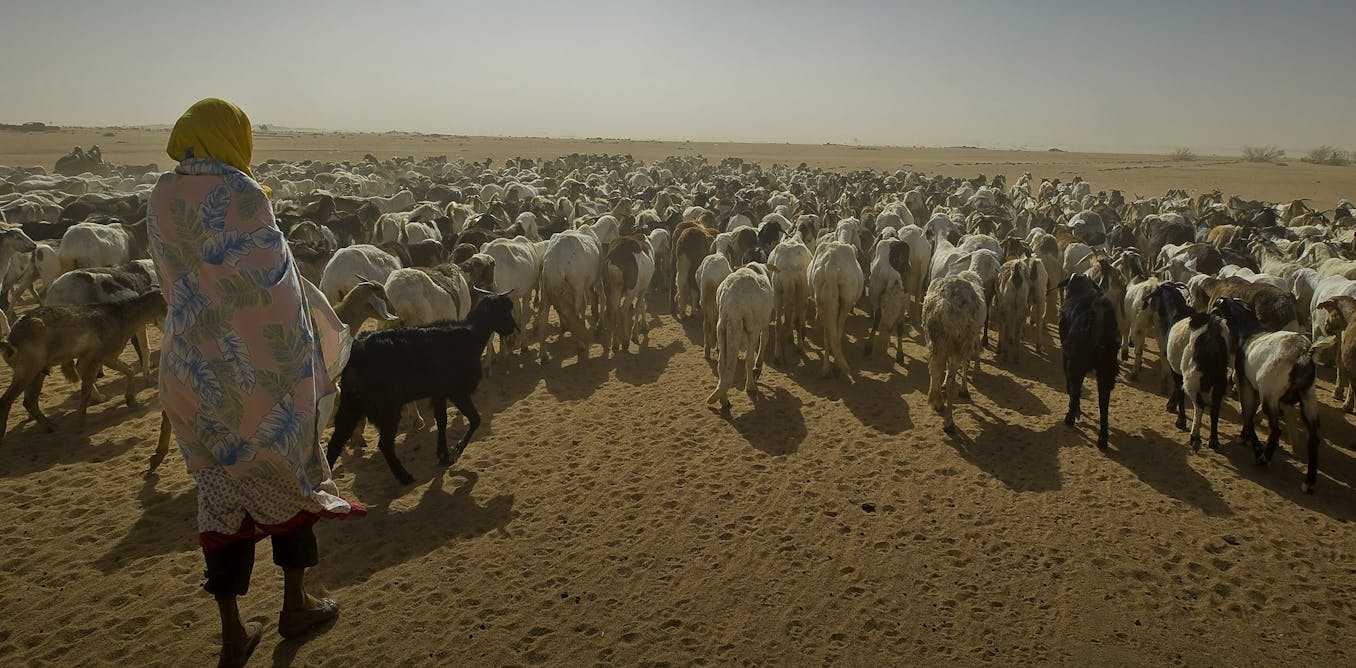The issue of foreign debt has been a focal point in conversations about economic advancement, social progress, and worldwide financial stability, specifically in relation to the Global South. This extensive area, which includes nations in Africa, Latin America, Asia, and Oceania, has faced the challenges and repercussions of depending on external loans from international lenders, private financiers, and multilateral organizations.
Origins and Evolution of External Debt
External debt generally occurs when states or businesses in emerging economies seek loans from foreign sources to support development initiatives, cover budgetary shortfalls, or stabilize unstable economies. The roots of extensive foreign debt can be traced to the time following colonial rule when new sovereign nations required capital for building infrastructure and modernization efforts. The oil crises during the 1970s, alongside variable commodity prices and international interest rates, intensified the demand for outside funding.
Throughout the 1980s and 1990s, patterns of borrowing were intensified due to structural adjustment schemes and conditions set by lenders like the International Monetary Fund (IMF) and the World Bank. These strategies, designed to guarantee loan repayment, frequently compelled debtor countries to adopt austerity policies, resulting in considerable socio-economic impacts.
Effects of Foreign Debt on Socio-Economics
The burden of external debt exerts profound pressure on national budgets in the Global South. Countries facing high debt service obligations frequently allocate substantial portions of their budgets to interest and principal repayments. This diverts resources from essential investments in sectors such as healthcare, education, infrastructure, and environmental protection.
For example, as reported by the World Bank, nations in sub-Saharan Africa used an average of 12% of their government revenue on paying off external debt in 2022, which was more than the 9% they allocated on health expenses. In Ghana, increasing debt payments have been pointed out as a reason for decreased funding for child health programs, resulting in ongoing malnutrition among at-risk groups.
The need to maintain debt payments often compels governments to implement economic reforms that prioritize fiscal discipline over social welfare. Evidence from Argentina’s debt crisis in 2001 illustrates how deep cuts in public spending fueled unemployment and poverty, ultimately resulting in social unrest and political instability.
Limits on Economic Expansion and Investment
External debt, when managed prudently, can contribute to economic development by financing productive investments. However, excessive indebtedness leads to a phenomenon known as “debt overhang,” where the expectation of future debt repayments discourages both foreign and domestic investment.
In Nigeria, the government’s escalating external debt stock—reported at over $41 billion in 2023—has deterred foreign direct investment, as investors fear the possibility of currency depreciation and macroeconomic instability. Similarly, Sri Lanka’s 2022 sovereign default underscored the dangers of heavy borrowing, which depleted foreign reserves and crippled the national economy.
Excessive debt levels can also limit access to fresh credit, as lenders are cautious about offering loans to countries already dealing with significant debt burdens. Studies by the United Nations Conference on Trade and Development (UNCTAD) underscore how debt-prone nations in the Global South encounter elevated risk premiums, resulting in higher costs for borrowing.
Impact on Sovereignty and Policy Autonomy
Obligations related to foreign debt frequently carry certain conditions. Nations taking loans are often compelled to implement policy actions preferred by lenders, which can compromise independence and democratic processes. Stipulations might involve selling state-owned resources, eliminating financial supports, and deregulating employment markets.
The experience of Jamaica in the 2010s vividly illustrates this dynamic. Under IMF supervision, Jamaica adopted stringent fiscal measures—reducing public sector jobs and freezing wages—which enabled debt repayment but stunted economic growth and increased poverty rates. The resulting social costs prompted widespread debate about the justice and sustainability of such externally-imposed policies.
Long-term and Environmental Effects Across Generations
The effects of external debt are not just limited to the economic and social realms; they also influence future generations and natural systems. The need to meet debt payments may compel nations to invest in extractive sectors like mining, logging, or oil extraction to earn foreign currency, frequently compromising environmental sustainability.
Ecuador’s intensification of oil extraction in the Amazon has been partly driven by the need to meet debt repayments to international creditors. Such strategies have contributed to deforestation, loss of biodiversity, and social conflict with indigenous communities, showcasing the environmental cost of persistent indebtedness.
In addition, the pressures of long-term debt can limit the fiscal room required by nations to allocate resources for adapting to climate change and building resilience, thereby leaving at-risk communities susceptible to the impacts of global environmental transformations.
Initiatives for Reducing Debt and Promoting Sustainable Finance
Understanding the significant impact of foreign debt, multiple programs have been introduced to offer assistance and encourage more sustainable lending habits. The Heavily Indebted Poor Countries (HIPC) Initiative, initiated in 1996, aimed at lowering debt to a manageable level for the poorest countries globally, contingent upon their commitment to economic policy changes.
While these interventions have offered temporary reprieve, the resurgence of debt accumulation—particularly through new forms of credit such as Chinese loans and international bond markets—signals persistent challenges. Calls for comprehensive debt restructuring, fairer lending terms, and responsible borrowing have grown louder in international circles.
Innovative methods, like launching bonds connected to sustainability and nature-related debt swaps, aim to synchronize debt repayment with development and ecological goals. For instance, Seychelles reorganized some of its foreign debt in return for pledges to protect marine life, demonstrating how inventive approaches can transform debt into a tool for positive transformation.
Advancing a Detailed Comprehension of International Debt Movements
The global impact of external debt in the Global South is an intricate tapestry woven from the threads of historical legacies, economic policy choices, social inequality, investor confidence, and environmental stewardship. The need for decisive, coordinated international action—and a re-imagination of the financial architecture that governs sovereign borrowing—has become increasingly urgent.
Sustainable development in the Global South hinges not only on the prudent management of external debt but also on the creation of equitable financing frameworks that prioritize people and planet over short-term fiscal metrics. As the world faces converging crises—public health, climate change, and inequality—the lessons drawn from the legacy and ongoing reality of external debt offer valuable insights for crafting a more just and resilient global system.







